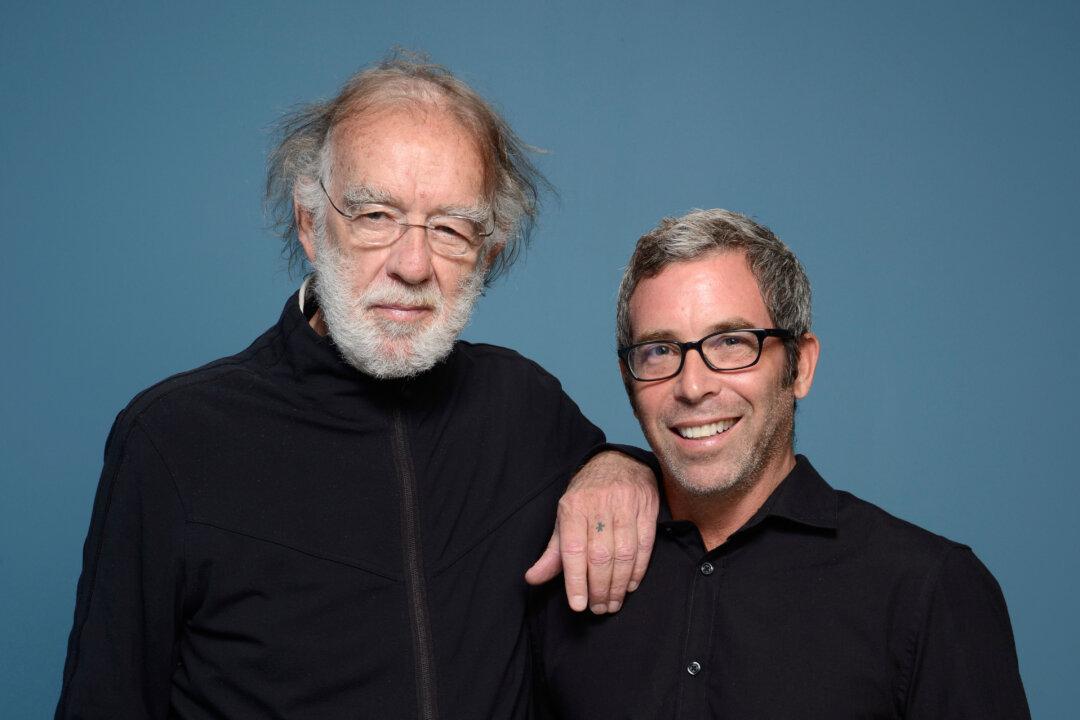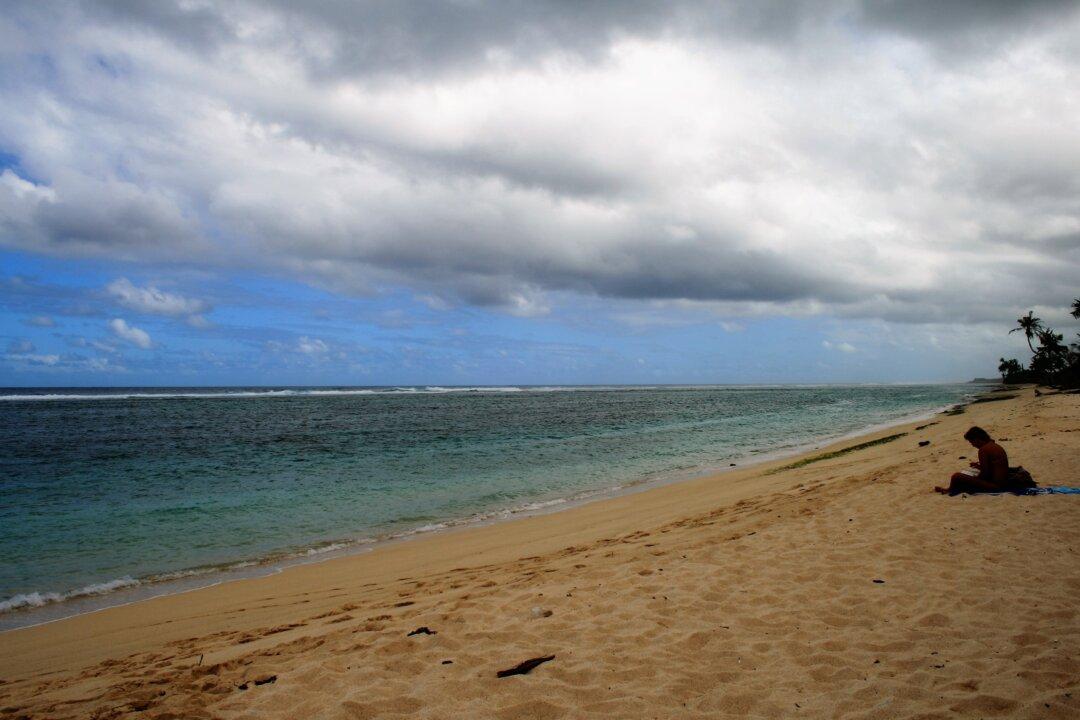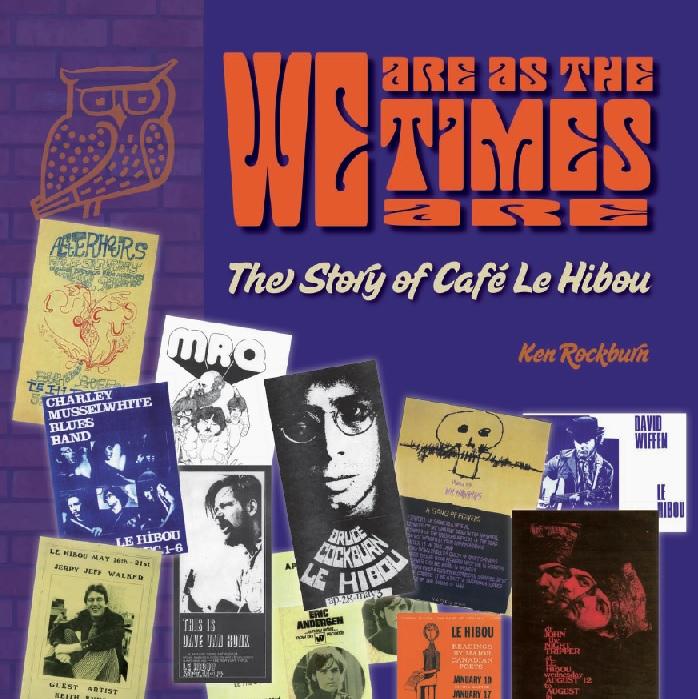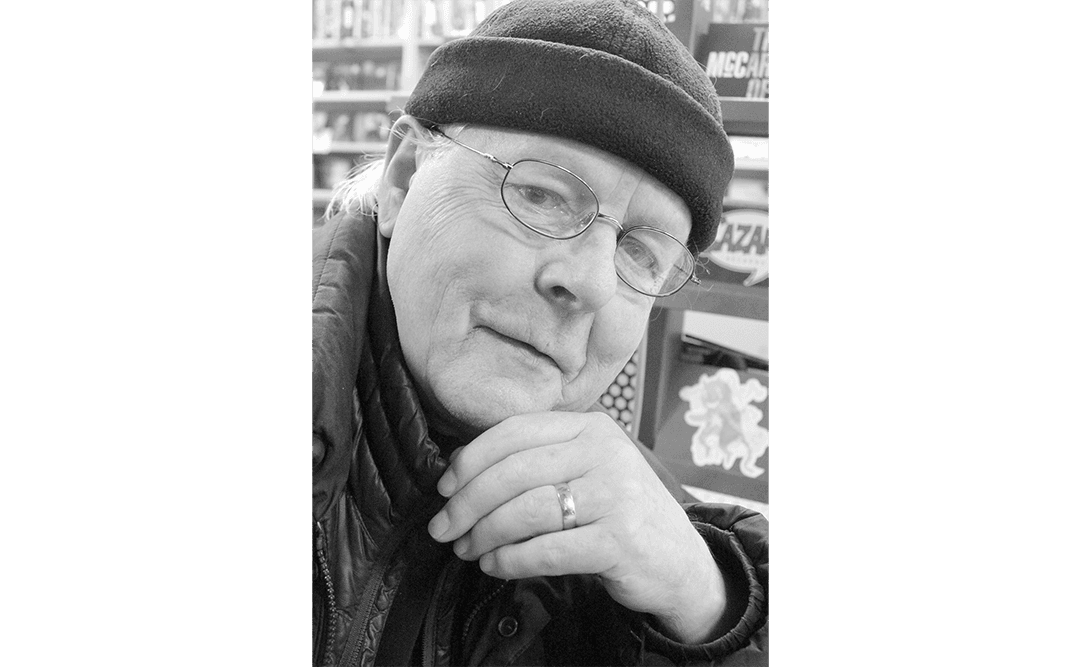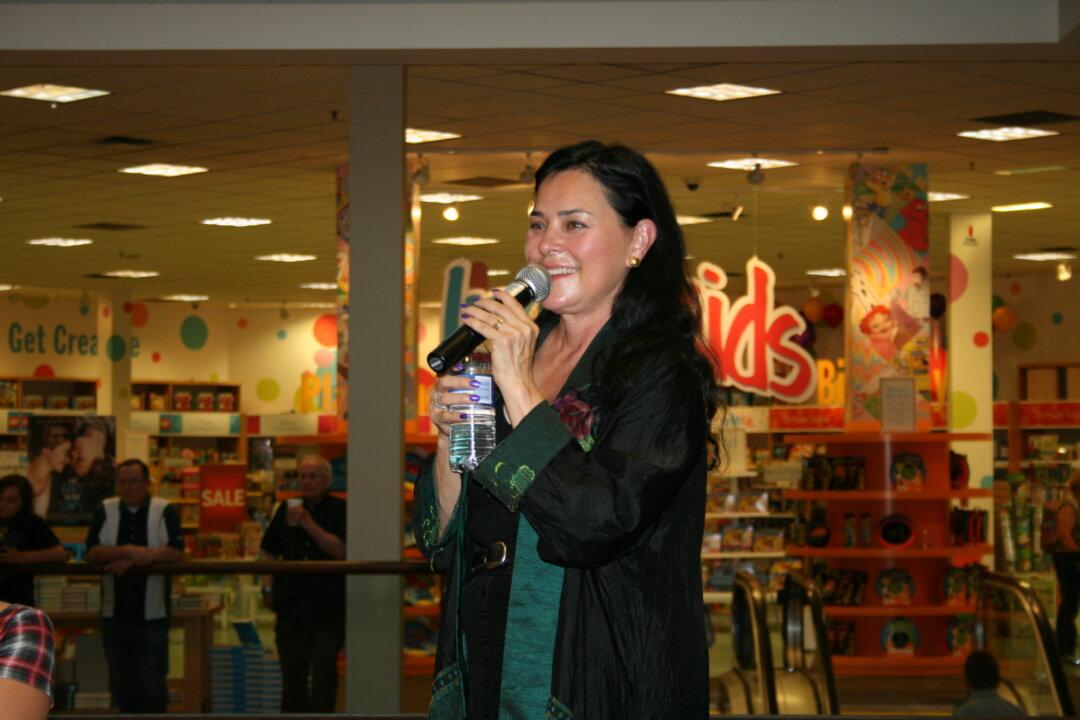“Visitors” is a startling combination of sight and sound, using stark digital images and profoundly beautiful music to offer a commentary on contemporary life and technology. It’s the most recent film by director Godfrey Reggio, a former American monk and educator who brought the world the ground-breaking Qatsi trilogy, beginning with “Koyaanisqatsi” in 1983.
“Koyaanisqatsi” took its title from the Hopi Indian word meaning “life out of balance,” and illustrated the beauty of our world and how mankind has disrupted its natural balance. Like the rest of the trilogy it had no dialogue, compelling images (often displayed with time lapse photography or in slow motion), and a moving soundtrack by the American minimalist composer Philip Glass.
Many considered “Koyaanisqatsi” a unique evocative experience created by the fusion of images and music of two friends, a sort of cinematic happening. Reggio’s work is sometimes described as experimental documentary. However, the photographic techniques used eventually became common in mainstream films and advertisements as well as in later films such as “Koyaanisqatsi” cinematographer Ron Fricke’s “Baraka” and “Samsara.”
“Powaqqatsi,” the second movie in the Qatsi trilogy, followed in 1988. Subtitled Life in Transformation, it focused on conditions in developing countries and the relationship between traditional and industrialized lifestyles.
“Naqoyqatsi,” subtitled Life as War, was mystifying, inspiring and overwhelming in turns. Released in 2002, it combined animation with live action and sophisticated special effects. This film presented several animated streams of letters, numbers, and symbols, and more than 1,000 individual live-action/animated images.
With “Visitors,” Reggio offers us a pared down, contemplative vision of the early 21st century that has only 74 shots, a far cry from the 1,000-plus images in “Naqoyqatsi.” The soundtrack adds emotion and humanity to the high-definition black and white images.
The film portrays mostly faces and places, and no moving devices. This contrasts with the Qatsi trilogy, which featured time-lapse images of automobiles rendered as streaks of light and streams of crowds zipping up and down escalators.
The 80 faces, which make up most of the footage, portray people from a variety of ethnic backgrounds, many of them relatively younger people or children. The exceptions are Triska, a very human-looking female gorilla from the Bronx Zoo, and a male dummy. The faces are presented in huge close-ups with dramatic, solid black backgrounds. One striking aspect is that the camera often lingers on each face or combination of faces for up to a minute or more.
“Visitors” is a deliberately slow backlash to videos and films that display images in rapid-fire succession and to modern life in the exponentially ever faster-lane. There are eerie moments, as some of the faces are quirky or have facial movements that are magnified by slow motion techniques.
The subjects watched television or played video games while being filmed through a two-way mirror, and knowing this makes their sometimes blank, staring expressions plausible. One series of images showing people’s reactions to watching television in a sports bar is a fascinating study in contrasts, however.
“It’s about the reciprocal gaze,” Reggio explained in an interview in Now magazine.
“Not only are we looking at the screen, but the screen is looking back at us. You’re looking directly into the eyes of another person, [and] this person is looking into your eyes, but you’re both looking at a screen. The audience—you—are the subject of this film.”
Other sequences show hands typing, texting, playing the piano, or gesturing, although all the devices are invisible. Hand and fingers become abstract forms making often absurd movements.
The places depicted include an abandoned building, a deserted amusement park, a mausoleum, and a swamp in Reggio’s native Louisiana following Hurricane Katrina. Time-lapse photography shows scudding clouds and lengthening shadows to indicate the passage of time.
Other scenes were shot in New York City, New Jersey, and from the point of view of the moon. While abandonment and decay are prevalent in the landscapes, suggesting that humans have not been good visitors on planet Earth, Reggio also offered solace in representations of liberation, salvation, and freedom.
There are Canadian connections to “Visitors.” The Toronto Film Festival hosted the world premiere in September 2013 with a live performance of the score by members of the Toronto Symphony Orchestra. The commercial premiere of the film was held in Ottawa earlier this month. Philip Glass, incidentally, owns a holiday home in Cape Breton, Nova Scotia.
Watching “Visitors” can seem like a meditation or a bewildering, dream-like journey depending on your perspective. This type of film is not for everyone, but hopefully “Visitors” will enjoy a long life in art house cinemas, as did the Qatsi trilogy.
Joyce MacPhee is an Ottawa writer and editor.
